The Fetch API is finally coming to Node.js
from LogRocket
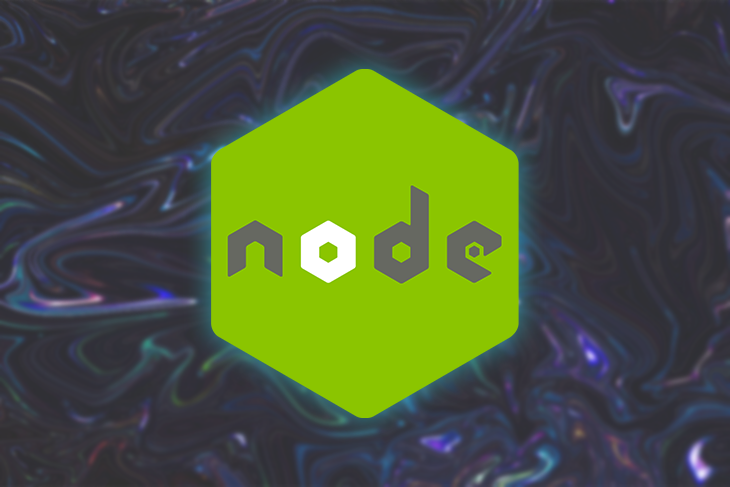
Create a Next.js and MDX blog
from LogRocket

Building a React Component Library — The Right Way
from Bits and Pieces

7 Free React Templates You can Use for Your Projects
from JavaScript in Plain English

How To Test Your React Apps With The React Testing Library
from Smashing Magazine

Setting Up Tailwind CSS In A React Project
from Smashing Magazine

User Registration and Auth Using Firebase and React
from CSS-Tricks

React Philosophy For Beginners
from Bits and Pieces
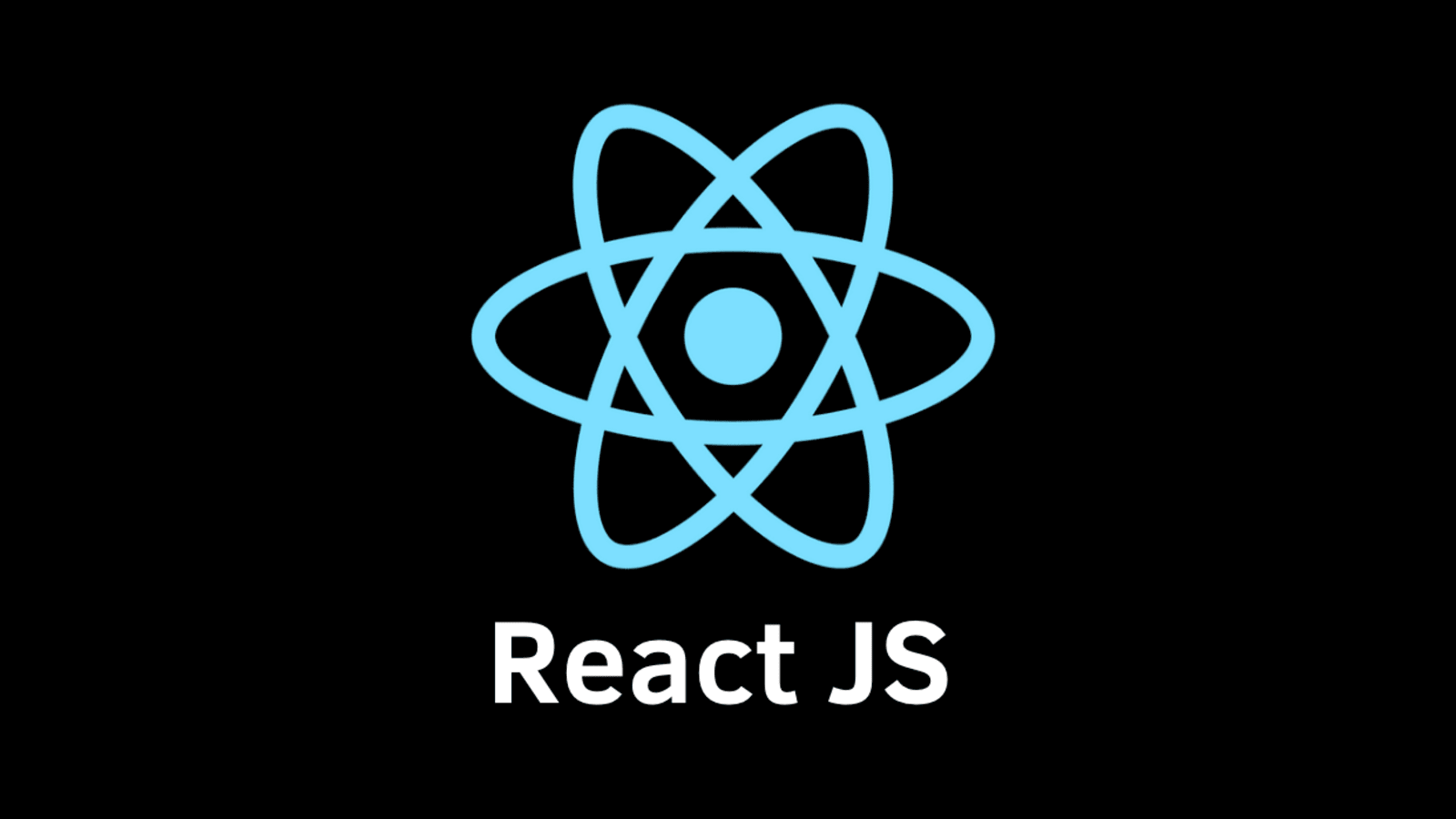
7 JavaScript Tricks You Should Know
from Bits and Pieces
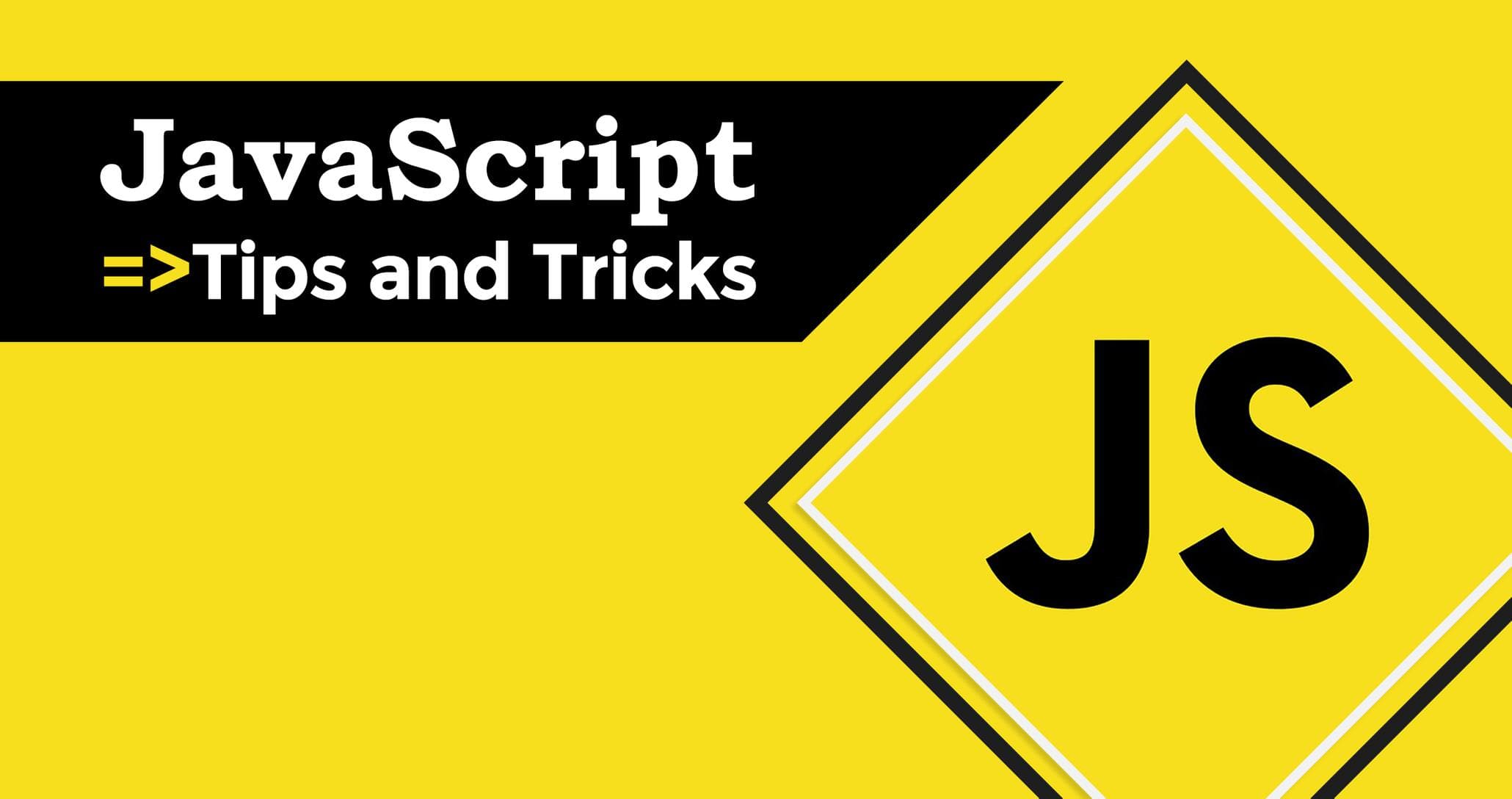
Asynchronous Programming in Javascript
from Geek Culture

Building E-Commerce Website with Next.js, Stripe API, and Firebase.
from Geek Culture

Deploy a React app for free using Vercel
from LogRocket

A Step-By-Step Process for Turning Designs Into Code
from CSS-Tricks

Using Storybook to develop React components faster
from LogRocket
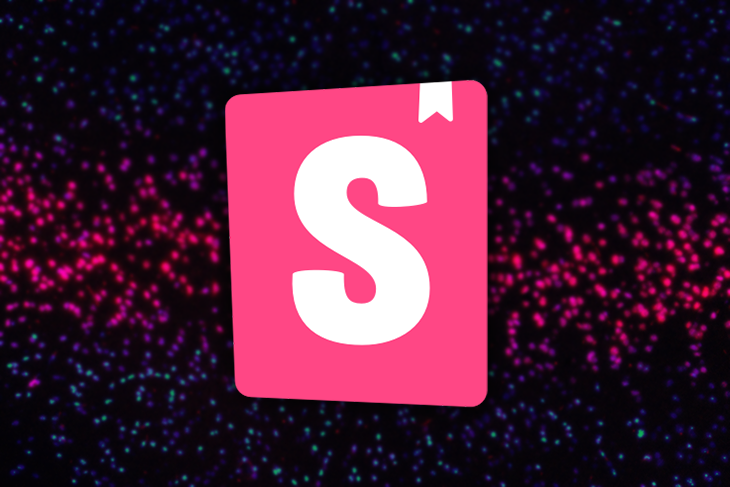
Let’s Explore The Best React Developer Tools
from JavaScript in Plain English

Why you should use a proxy server with Create React App
from LogRocket


Build a CRUD application in React with Firebase Web SDK v9
from LogRocket

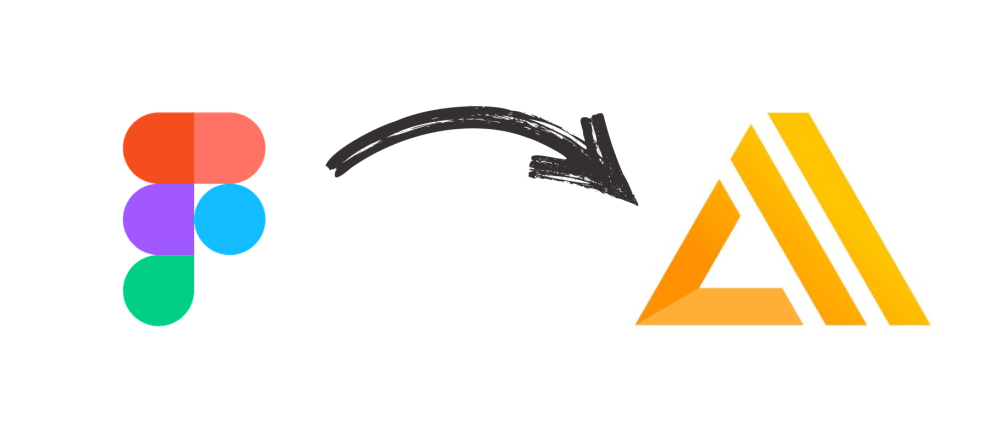
Modern API data-fetching methods in React
from LogRocket

Building a Trello Clone with React DnD
from LogRocket

How to Use JavaScript Arrays Like a Pro
from JavaScript In Plain English

A Complete Beginner’s Guide to npm
from CSS Tricks
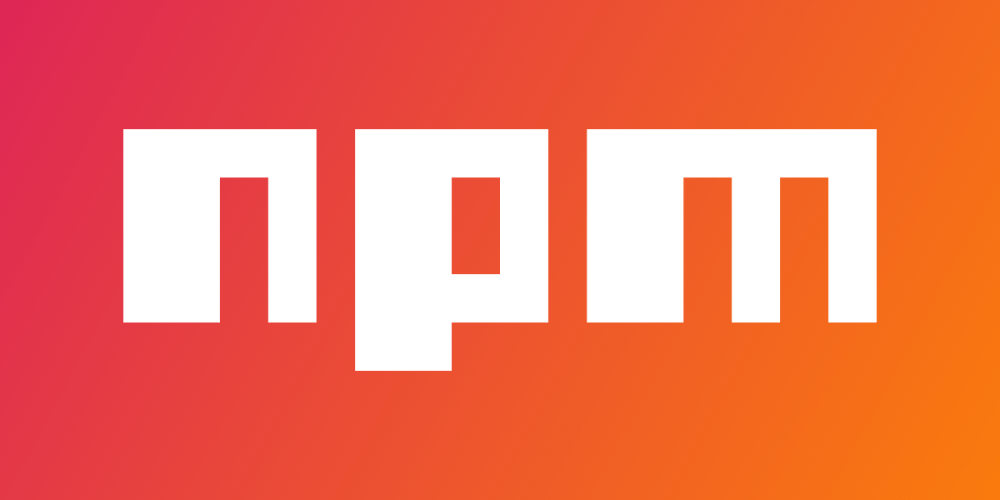
React Server Components in Next.js 12
from LogRocket

A Complete Guide to Flexbox Avatar of Chris Coyier
from CSS Tricks
Useful React Hooks That You Can Use In Your Projects
from Smashing Magazine

Creating a navbar in React
from LogRocket

Meet Hydrogen: A React Framework For Dynamic & Personalized E-Commerce
from Smashing Magazine

Building a Next.js shopping cart app
from LogRocket
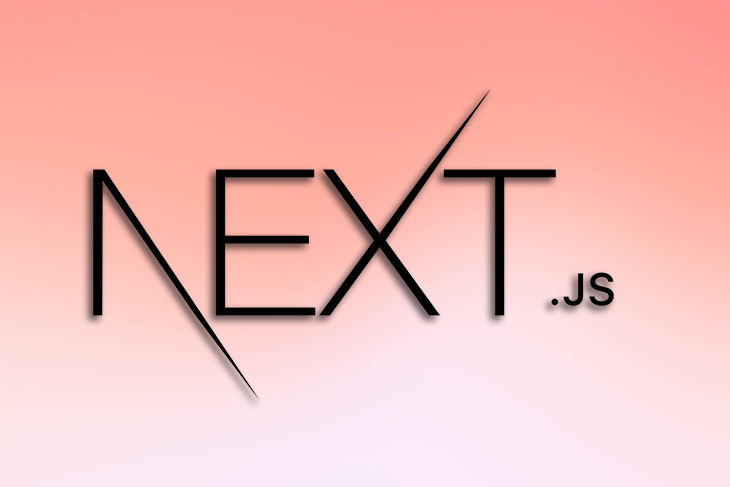
Data Structures You Should Know as a JavaScript Developer
from Bits and Pieces
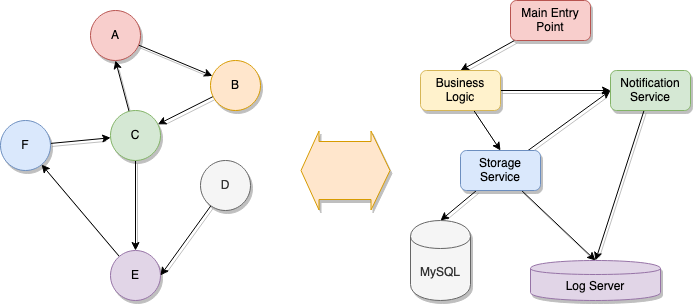
Serverless deployments via Vercel using Node.js
from LogRocket
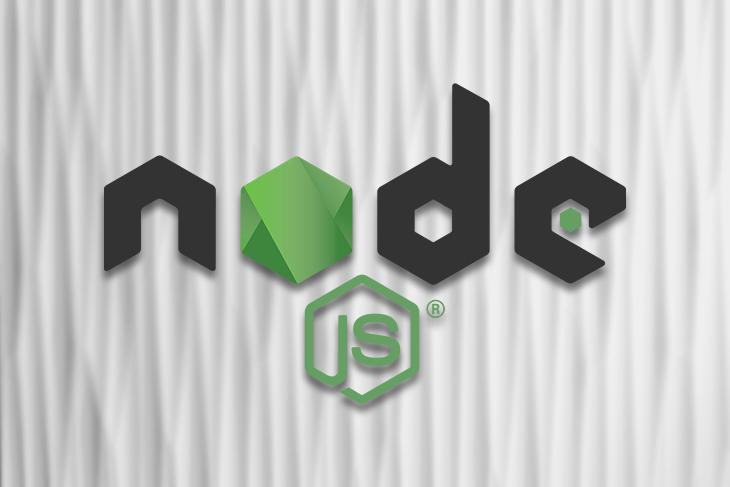
How To Protect Your API Key In Production With Next.js API Route
from Smashing Magazine

The best styling options for Next.js
from LogRocket
